A website is more than a digital resume; it’s your own hub on the web—an owned space where you can curate your brand, share your work, and grow an audience on your terms. In 2025, a high-performance personal site is not just about a slick design; it’s about speed, accessibility, search visibility, and trust. When done right, a well-constructed site can attract opportunities, convert visitors into connections, and serve as a durable platform for your career, hobbies, or business.
This guide walks you through most of the steps that can help deploying the right strategy—from goal-setting and platform choice to performance optimization, content strategy, and ongoing maintenance. Whether you’re a freelancer, freelancer, student, artist, or entrepreneur, the practices here help you build a site that looks great, loads fast, and ranks well in search results.
Key Strategy Considerations
Define your goal of the website
Define goals and identify your audience Before touching a line of code or a design mock-up, clarify why you’re building the site and who you’re building it for.
Purpose
Is the site a portfolio, a blog, a service business, a resume site, or a hybrid? Do you want to generate leads, showcase projects, or grow an email list?
Target audience
Are your visitors potential clients, employers, collaborators, or fans? What problems do they have, and how does your work solve them?
Success metrics
Common metrics include unique visitors, time on page, conversion rate (signups, contact forms), email-list growth, or inquiry volume. Set SMART goals (Specific, Measurable, Achievable, Relevant, Time-bound).
A clear goal framework guides your platform choice, content, and UX decisions. It also helps you measure ROI after launch.
Choose the right resources
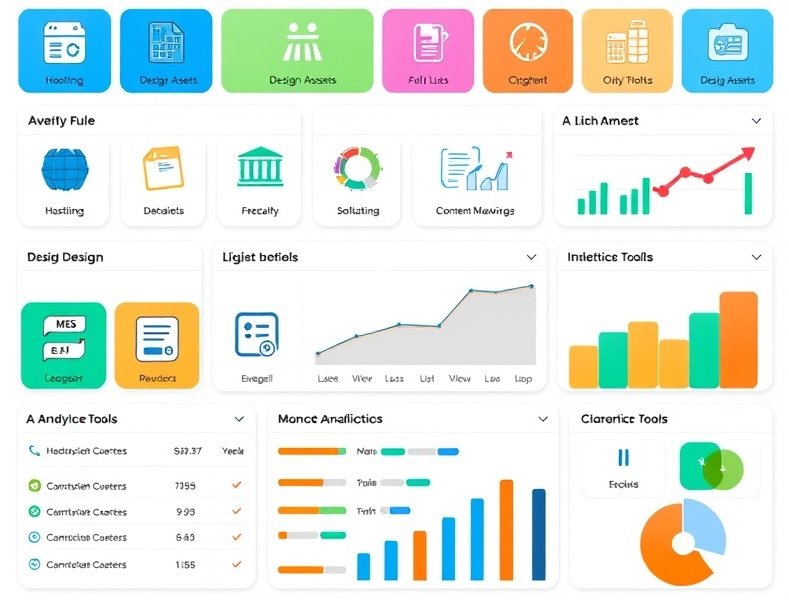
Platform of Choice
Pick the right platform, domain, and hosting your platform choice will shape your workflow and long-term maintenance. Consider these options. These are just some examples, however, your technology needs may differ depending on your purpose
- Static site generators (e.g., Next.js, Gatsby, Hugo, Eleventy): Fast, secure, great for developers; require some technical know-how; ideal for performance and stability.
- Content management systems (CMS) (e.g., WordPress, Craft CMS): Easy content editing; large plugin ecosystems; higher maintenance and potential for bloat if not curated.
- Headless CMS with a frontend framework: Combines content management with modern front-end performance; good for scaling, multi-channel delivery, and complex sites.
Domain and hosting
- Domain: Pick a memorable, professional domain that matches your name or brand.
- Hosting: For speed and reliability, choose a host with edge caching and global CDNs. If you’re using a static site, hosting that includes a CDN (e.g., LiteSpeed Cache, Netlify, Vercel) is a strong choice. For WordPress, a managed host with performance optimisation features helps.
A note on branding: Your domain, logo, colour palette, typography, and imagery should consistently reflect your brand across all pages.
Design and UX
Mobile-first, accessible, and editorially clear A strong user experience (UX) creates trust and eases navigation.
- Mobile-first: Design for small screens first, then scale up for larger devices. A responsive layout with readable typography is essential.
- Information architecture: Prioritise essential pages (Home, About, Portfolio/Work, Blog, Contact). Use a simple navigation structure and clear CTAs.
- Accessibility (A11y): Use semantic HTML (headers, nav, main, section), legible colour contrast, alt text for images, keyboard navigability, and ARIA attributes where appropriate. Accessibility improves user experience for everyone and helps with SEO.
- Visual hierarchy: Use a clean grid, consistent margins, and scannable typography. Break content into digestible chunks with subheadings, bullets, and short paragraphs.
- Brand consistency: Use a cohesive colour scheme, typography, and imagery that align with your brand. Consistency builds credibility.
Performance
Speed as a feature. Performance is a direct signal to both users and search engines. Here’s how to optimise:
- Core Web Vitals targets: Focus on Largest Contentful Paint (LCP) under 2.5 seconds, First Input Delay (FID) under 100 ms, and Cumulative Layout Shift (CLS) under 0.1 for a good experience.
- Optimise images: Use modern formats (WebP/AVIF), implement responsive images (srcset), and enable lazy loading where appropriate.
- Efficient code: Minimise CSS and JavaScript, prune unused code, and enable code splitting. Use critical CSS inlined for above-the-fold rendering.
- Caching and delivery: Leverage browser caching, server-side caching, and a CDN to serve assets quickly from edge locations.
- Fonts: Limit font families, use font-display: swap, and consider variable fonts to reduce overhead.
- Server response times: Choose hosting with fast server response, enable compression (gzip/ Brotli), and optimise database queries (for CMS-based sites).
Content strategy
Valuable, scannable, and SEO-friendly Content is what attracts visitors and converts them.
- Keyword research: Identify primary and secondary keywords relevant to your niche. Target long-tail queries that reflect intent (e.g., “best portfolio website template for designers 2025”).
- Content plan: Create a content calendar for projects, blog posts, case studies, and tutorials. Align topics with audience questions and pain points.
- On-page SEO basics: Use your primary keyword in the title, first paragraph, subheadings, and meta description. Include semantic variants and related terms in natural places.
- Readability and structure: Use clear headings (H1 for title, H2/H3 for sections), short paragraphs, bullet lists, and images with descriptive alt text.
- E-A-T considerations: Demonstrate expertise, authority, and trust by showcasing credentials, high-quality portfolio items, and accurate, well-cited information where relevant.
- Content formats: Diversify with case studies, a portfolio gallery, blog posts, tutorials, and “how I built this” explainers.
Search Engine Optimisation (SEO)
Technical SEO and site architecture A solid technical foundation helps search engines crawl and index your pages effectively.
- Site structure: Use a flat, logical hierarchy with a clear sitemap. Each page should be reachable within a few clicks from the homepage.
- URL structure: Use clean, descriptive URLs. Include keywords when appropriate but avoid keyword stuffing.
- Internal linking: Build a network of contextually relevant internal links to guide users and pass authority to important pages (portfolio items, services, about page, etc.).
- Schema markup: Implement structured data for articles, Organisation, Person (your profile), and CreativeWork/Portfolio if applicable. This helps search engines understand your content and can support rich results.
- Robots.txt and XML sitemap: Ensure search engines can crawl important pages. Submit an XML sitemap to Google Search Console and Bing Webmaster Tools.
- Canonicalization: Avoid duplicate content by canonicalizing similar pages, especially if you have multiple portfolio items or blog categories.
Security & Maintenance
Security, reliability, and maintenance A safe, reliable site builds trust and reduces the risk of downtime.
- HTTPS: Always use TLS/SSL. It’s a baseline trust signal and necessary for SEO.
- Regular backups: Schedule automatic backups so you can restore quickly after any issue.
- Software updates: Keep your CMS, plugins, and dependencies current to minimize security vulnerabilities.
- Monitoring: Use uptime monitoring and error tracking to catch and fix issues promptly.
- Privacy and compliance: If you collect personal data, implement a privacy policy, cookies notices where required, and comply with relevant regulations (e.g., GDPR, CCPA).
Analytics and KPIs
Analytics and KPIs measure and iterate. Data-informed decisions improve performance over time.
- Core metrics: Sessions, unique visitors, page views, bounce rate, average session duration, and conversions (contacts, signups).
- Behaviour metrics: Popular pages, exit pages, and navigational paths. Use this to refine navigation and content.
- SEO metrics: Organic traffic, keyword rankings, click-through rate (CTR) from search results, and index coverage.
- Tools: Google Analytics 4, Google Search Console, and (optionally) a privacy-focused analytics option if you want to minimize data collection.
- Iteration: Set up monthly reviews to update your content strategy, fix technical issues, and optimize underperforming pages.
An Actionable Roadmap
30-day launch plan: a practical, actionable roadmap A disciplined plan helps you ship a professional site quickly.
Week 1: Foundation
- Define goals and audience; draft your value proposition and hero message.
- Decide on platform (static site vs CMS) and select a domain and hosting.
- Create a simple wireframe for the homepage, About, Portfolio, Blog, and Contact.
Week 2: Core build
- Implement the chosen platform and set up the basic layout with a responsive, accessible design.
- Create core pages: Home, About, Portfolio/Work, and Contact. Start with a few portfolio items or projects.
- Set up essential SEO basics: title tags, meta descriptions, header structure, and a simple sitemap.
Week 3: Performance and content
- Optimize images and assets; implement lazy loading and critical CSS.
- Add blog or content sections; publish 2–3 initial posts or case studies.
- Configure analytics and search-console integrations; set up goals (inquiries, form submissions).
Week 4: Polish and publish
- Implement structured data, accessibility checks, and final QA across devices.
- Publish the site; monitor performance and indexing, submit the sitemap to search engines.
- Create a plan for ongoing content, updates, and link-building activities.
FAQs
- How fast should a personal website load in 2025?
- This should be considered as one of the core KPI for the website. Ideally, LCP under 2.5 seconds, with overall good Core Web Vitals.
- Should I use a CMS or a static site?
- Static sites offer speed and security but require technical skills; CMS platforms are easier for non-developers but need careful optimization to maintain performance.
- What content should I publish on a personal site?
- A mix of an updated portfolio, About page, case studies, blog posts answering audience questions, and a clear contact or inquiry method.
- How can I improve my site’s SEO?
- Start with solid on-page optimization, accessible and fast design, clean site structure, high-quality content, and credible external links; invest in consistent content updates and quality signals like testimonials and project outcomes.
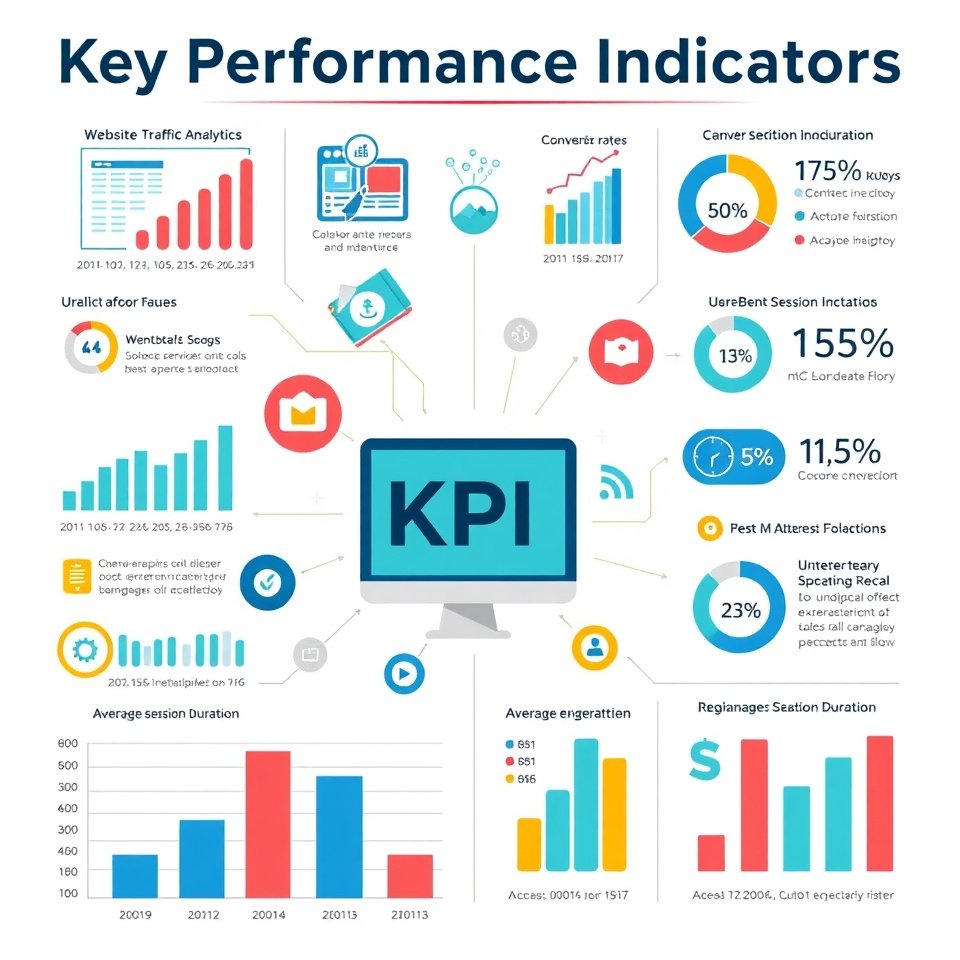
Conclusion and next steps
A high-performance personal website in 2025 is about intentional design, speed, accessibility, and valuable content. It’s not enough to look impressive; the site must work well for visitors and be discoverable by search engines. Focus on a clear goal, a scalable architecture, and a content strategy that serves your audience’s needs. Maintain the site with regular updates, performance checks, and ongoing optimization. With deliberate effort and a focus on user value, your personal site can become a durable digital asset that grows with your career or business.
Metadata and optimization notes (for implementation)
- Title tag: The Ultimate Guide to Building a High-Performance Personal Website in 2025
- Meta description: Learn how to build a fast, accessible, and SEO-friendly personal website in 2025. From platform choice to performance optimization and content strategy.
- Primary keywords: personal website 2025, build a personal website, high-performance website, website optimization
- Secondary keywords/semantic terms: Core Web Vitals, accessibility, CMS vs static site, SEO basics, portfolio website, domain and hosting, site performance
- Image alt text suggestions: For portfolio thumbnails, alt=”Project title — brief description”; for hero image, alt=”Professional portrait or branding image representing [Your Name]”
- Internal link ideas: Link to “Portfolio example,” “About me,” “Blog index,” “Contact” pages; cross-link project details and case studies
- External link ideas: Authoritative resources on Core Web Vitals, accessibility guidelines (WCAG), and SEO best practices
Hope you find the article useful. Please feel free to share your thoughts.

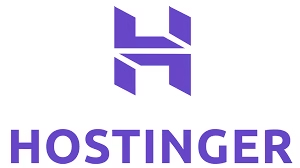
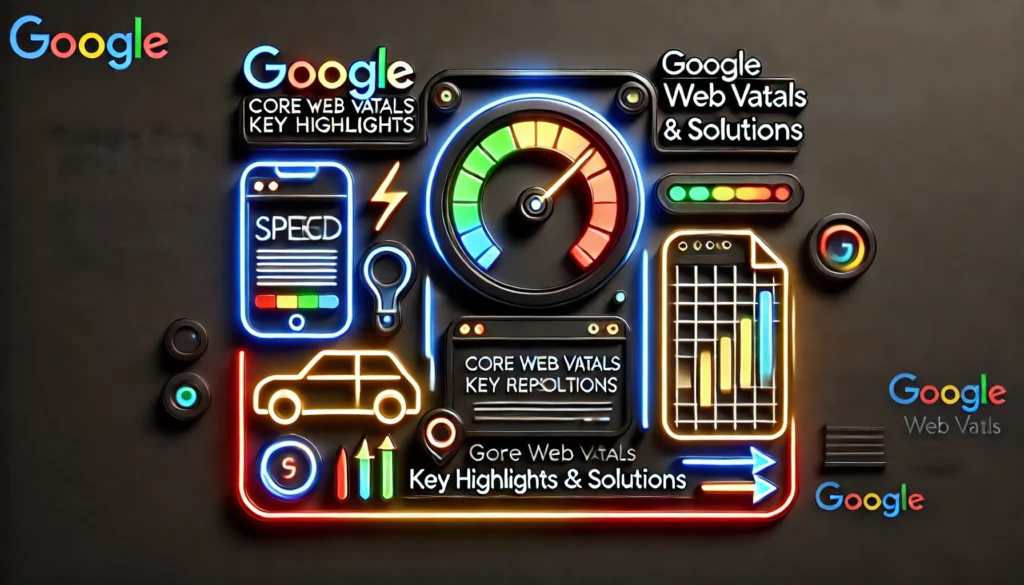


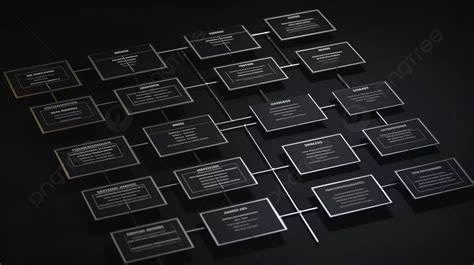




1 comment